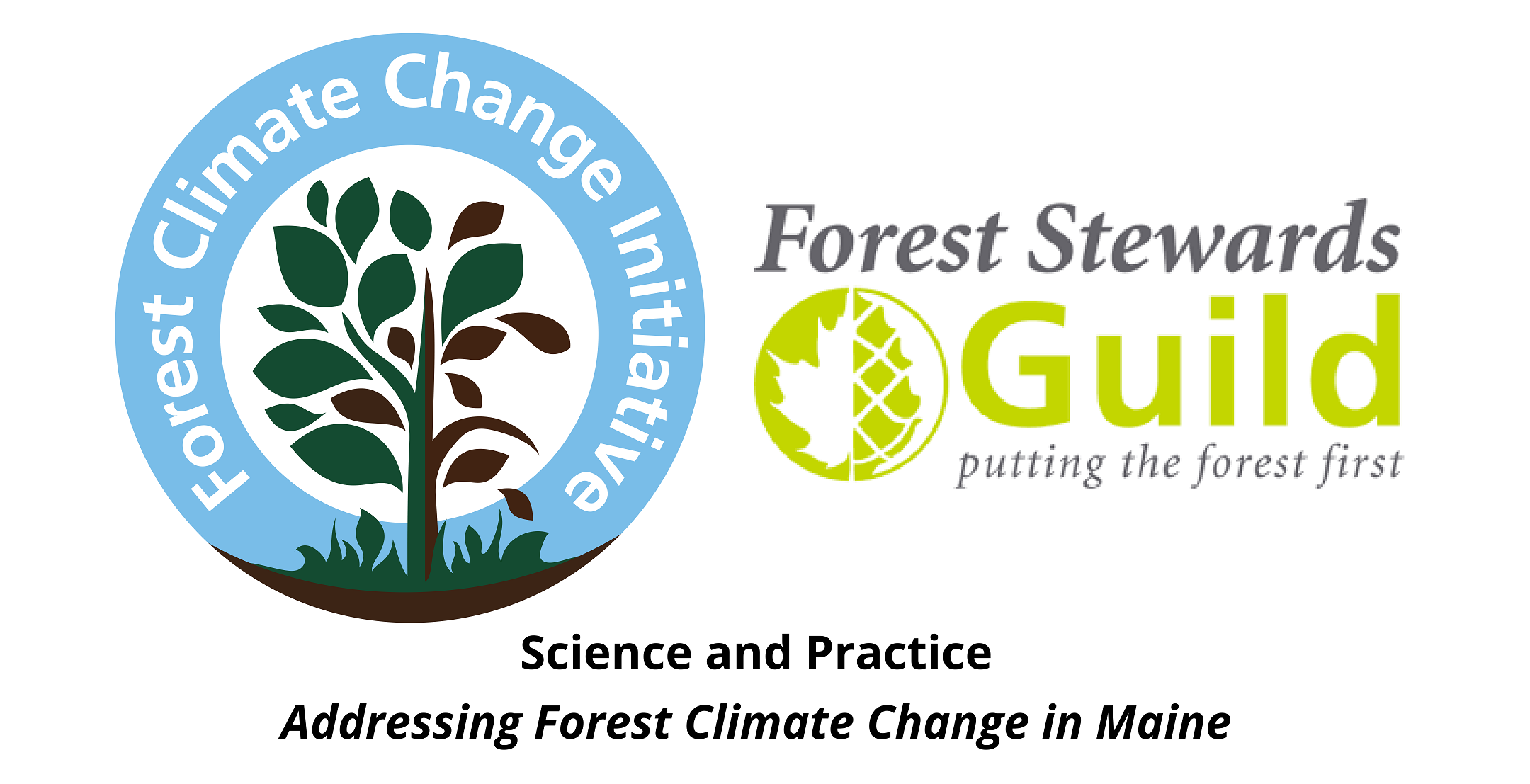FCCI Webinar #3: Warming/Changing Winters
 The third in the FCCI-FSG series was held December 2, 2020 with panelists
The third in the FCCI-FSG series was held December 2, 2020 with panelists
Sarah Nelson, Conservation Research Director, Appalachian Mountain Club,
and Jay Wason, Assistant Professor of Forest Ecosystem Physiology.
Panel moderated by Amanda Mahaffey, Northeast Region Director, Forest Stewards Guild.
Attendees eligible for SAF Category 1 CFE
Webinar Recording
Resource Links
Tree Physiology Over the Seasons, 9-minue video overview of changes trees undergo at temps and light change from Fall to Spring. By Dr. Jay Wason
Confronting Our Changing Winters, synthesis climate research report from the Hubbard Brook Research Institute.
Northeast Forest Information Source (nefismembers.org). Variety of open-source research on warming winters.
Key Takeaways
- Climate is warming in the US, but changing a little bit differently in different places.
- In Maine, on average, temps have risen about 3.2 degrees Fahrenheit over the past 120 or so years (annual average, not season specific)
- Other changes that have been happening nationally and in many cases globally is increasing precipitation.
- In the Northeast in particular, extreme events have been on the increase (Maine has had a six inch increase in precipitation overall since 1895)
- Winter weather whiplash: a collision of unexpected conditions that produces a forceful rapid back and forth change in winter weather that induces an outsized impact on coupled human and natural systems
- Winter itself is changing winter conditions across the northern forest, as well as the shoulder seasons.
- Longer growing seasons, more precipitation: these things directly affect tree physiology
- Region is experiencing lower snowfall, shorter time of snowpack, fewer frost days—this is even more evident in coastal areas
- In winter, trees are burning energy and releasing carbon dioxide back to the atmosphere. Warmer winter temperatures actually increase the rate of that respiration for those trees and so they release more carbon dioxide back to the atmosphere.
- Snowpack is important for insulating root systems—if roots and shoots are exposed to the cold temps, they can be damaged or destroyed
- Whiplash events can mess with plants ability to detect and understand what the environmental conditions are. Sudden cold snaps in the spring damage new growth.
- Winter climate change, whether it’s happening during winter or during the shoulder seasons fall and spring, is poised to fundamentally reshape our ecosystems, as well as our social systems and our cultural you know experiences of winter in the Northern forest.
